Skin Parasites – Friday Pop Quiz 6/10/2022
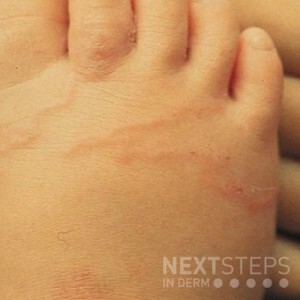 What was this patient most likely doing that caused this condition?
A. Walking on the sand
B. Sitting in a hot tub
C. Making margaritas
D. Wading in freshwater
E. Playing with caterpillars
To find out the correct answer and read the explanation, click here.
Brought to you by our brand partner Derm In-Review. A product of SanovaWorks.
…
What was this patient most likely doing that caused this condition?
A. Walking on the sand
B. Sitting in a hot tub
C. Making margaritas
D. Wading in freshwater
E. Playing with caterpillars
To find out the correct answer and read the explanation, click here.
Brought to you by our brand partner Derm In-Review. A product of SanovaWorks.
…
 What was this patient most likely doing that caused this condition?
A. Walking on the sand
B. Sitting in a hot tub
C. Making margaritas
D. Wading in freshwater
E. Playing with caterpillars
To find out the correct answer and read the explanation, click here.
Brought to you by our brand partner Derm In-Review. A product of SanovaWorks.
…
What was this patient most likely doing that caused this condition?
A. Walking on the sand
B. Sitting in a hot tub
C. Making margaritas
D. Wading in freshwater
E. Playing with caterpillars
To find out the correct answer and read the explanation, click here.
Brought to you by our brand partner Derm In-Review. A product of SanovaWorks.
… Continue reading "Skin Parasites – Friday Pop Quiz 6/10/2022"


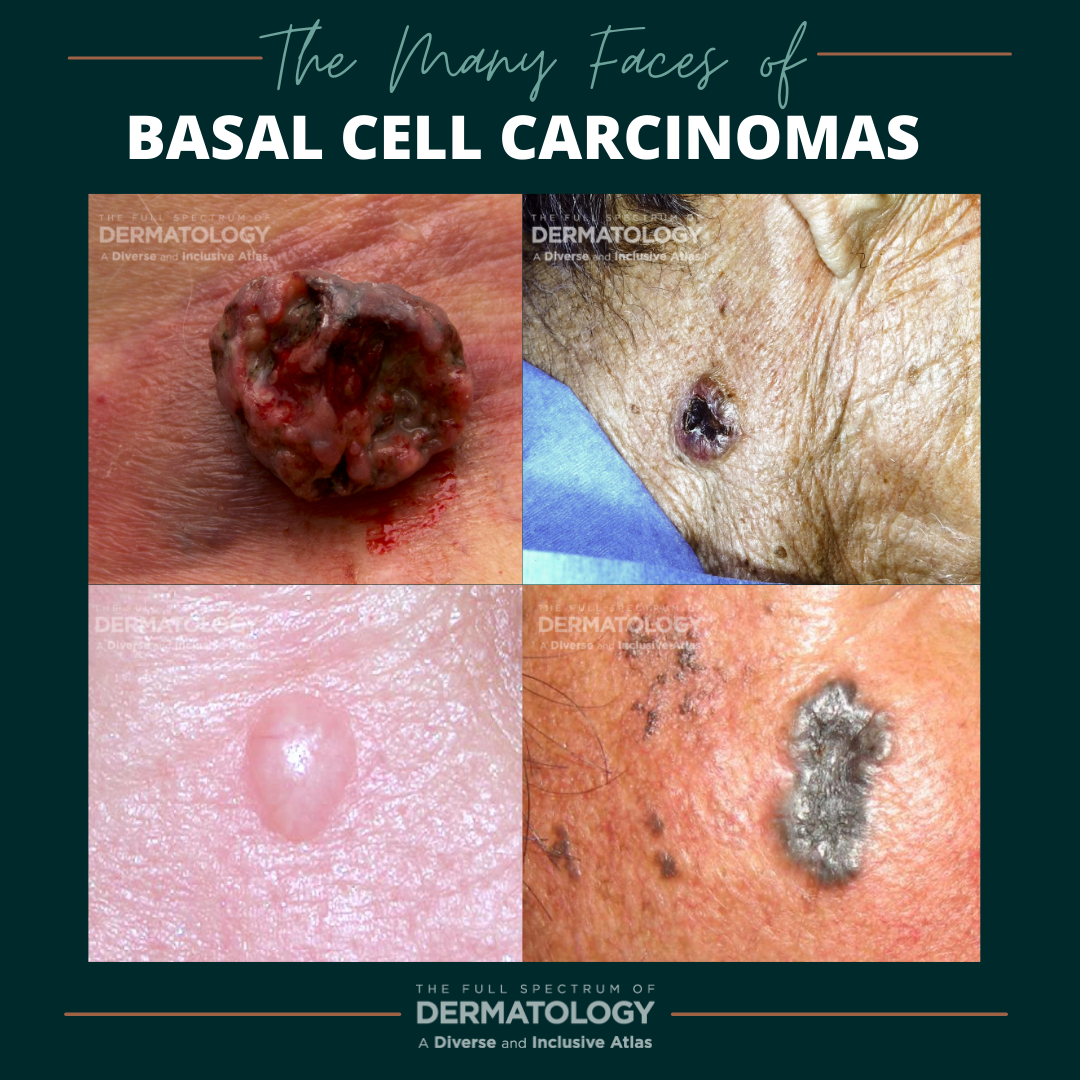 Our new series, “The Many Faces of”, showcases side-by-side images of some of the most commonly seen dermatology conditions in an array of skin tones and briefly highlight nuances in clinical presentation. All images featured in the series are part of The Full Spectrum of Dermatology: A Diverse and Inclusive Atlas, a resource developed by co-editors Misty Eleryan, MD, MS, and Adam Friedman, …
Our new series, “The Many Faces of”, showcases side-by-side images of some of the most commonly seen dermatology conditions in an array of skin tones and briefly highlight nuances in clinical presentation. All images featured in the series are part of The Full Spectrum of Dermatology: A Diverse and Inclusive Atlas, a resource developed by co-editors Misty Eleryan, MD, MS, and Adam Friedman, … 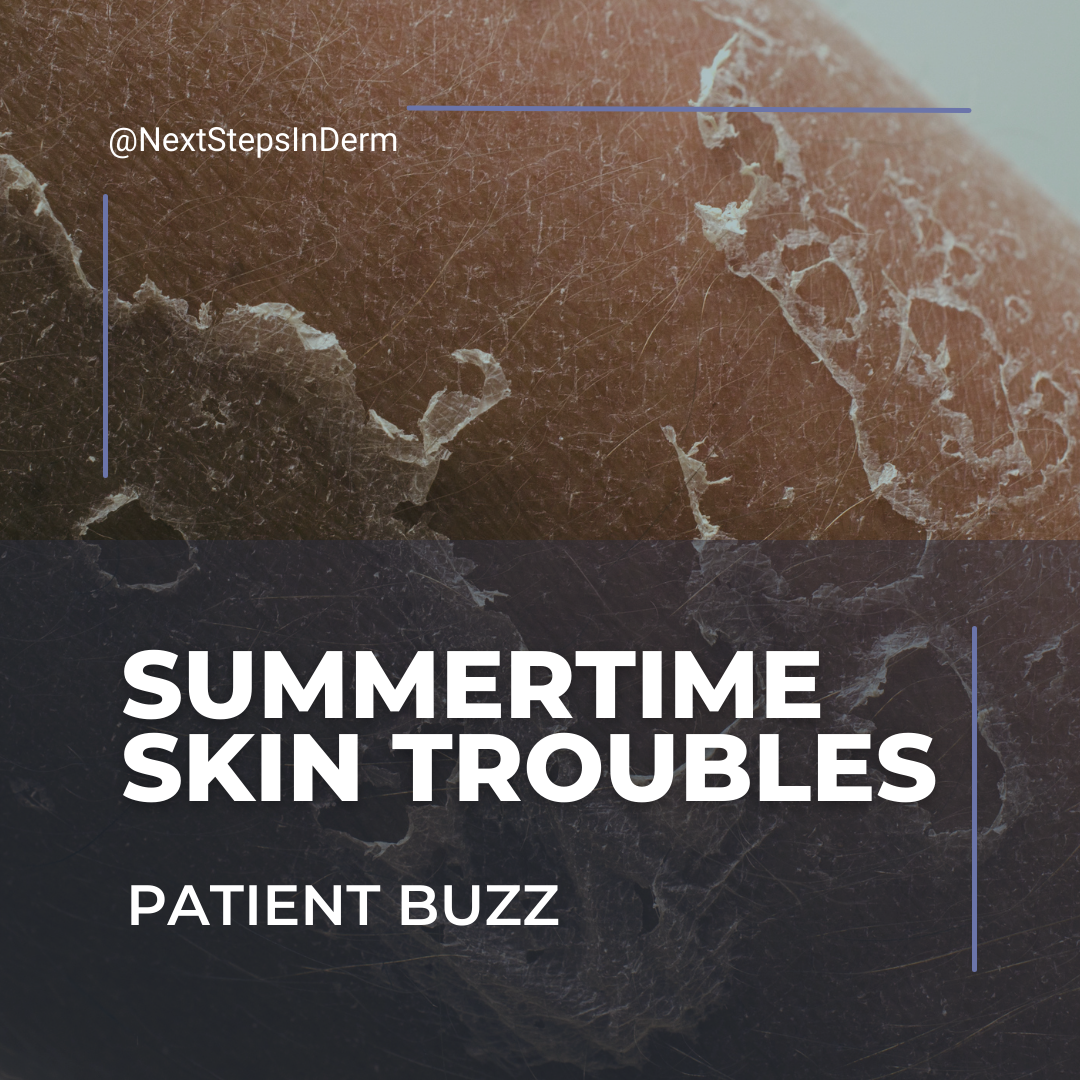 More daylight and warmer temperatures can lead to skin issues, and this month’s Patient Buzz includes articles about several summertime skin troubles, including heat rash, sun allergy and sunburn blisters. In addition, several articles addressed sunscreen, including the myth that sunscreen causes skin cancer.
Be ready for your patients’ summertime skincare questions by reviewing this list o …
More daylight and warmer temperatures can lead to skin issues, and this month’s Patient Buzz includes articles about several summertime skin troubles, including heat rash, sun allergy and sunburn blisters. In addition, several articles addressed sunscreen, including the myth that sunscreen causes skin cancer.
Be ready for your patients’ summertime skincare questions by reviewing this list o … 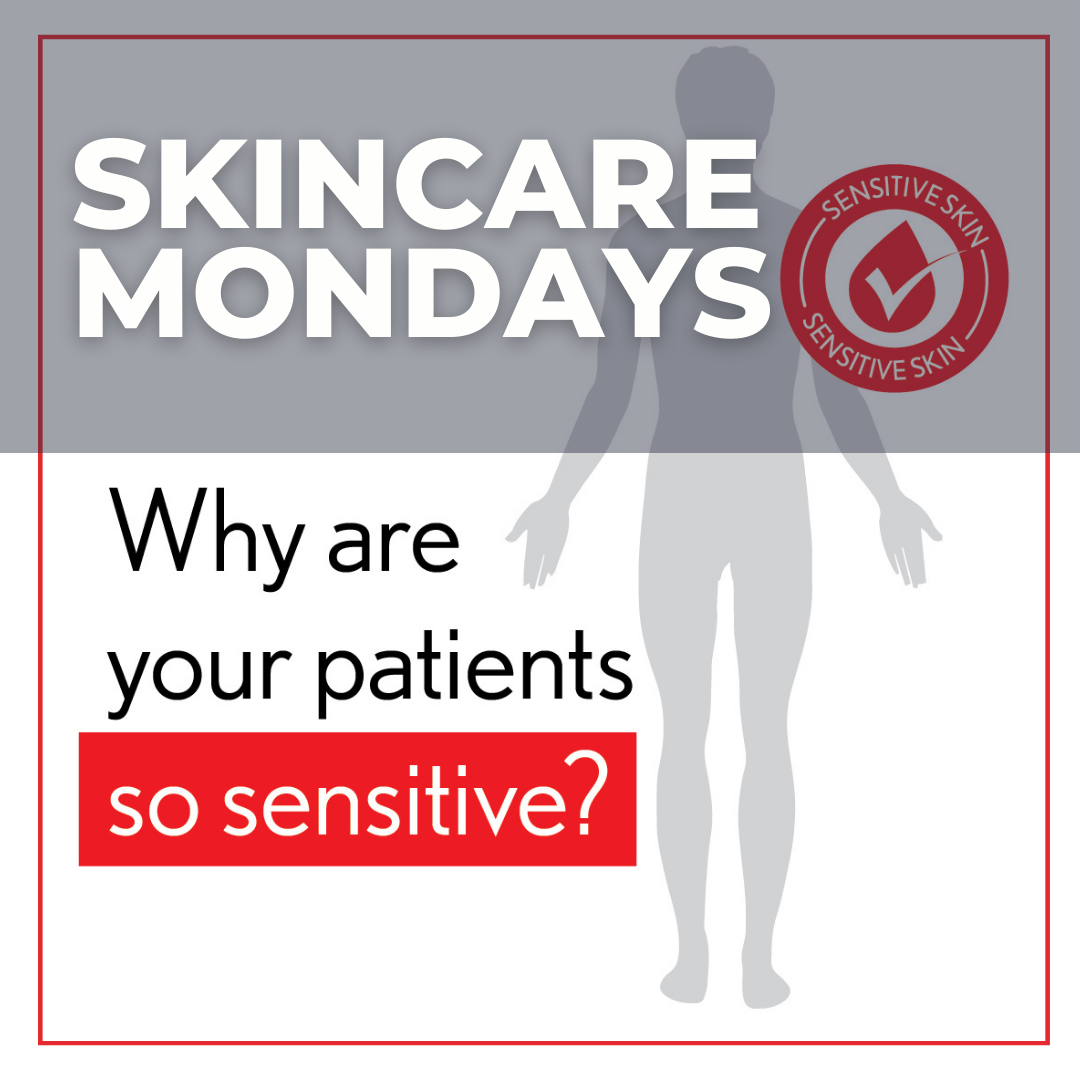 Why are your patients so sensitive?
71% of adults have self-declared sensitive skin.1
While differences in how people perceive skin sensitivity exist, most say they have sensory effects, such as itching, burning, stinging, tightness and dryness.2 Due to the subjective nature of sensitive skin, diagnosis is complex and there is often a disconnect between what subjects feel and what medical …
Why are your patients so sensitive?
71% of adults have self-declared sensitive skin.1
While differences in how people perceive skin sensitivity exist, most say they have sensory effects, such as itching, burning, stinging, tightness and dryness.2 Due to the subjective nature of sensitive skin, diagnosis is complex and there is often a disconnect between what subjects feel and what medical … 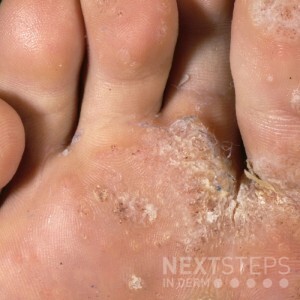 What virus is associated with the image provided?
A. Herpes simplex virus
B. Human immunodeficiency virus
C. Epstein-Barr virus
D. Cytomegalovirus
E. Human papillomavirus
To find out the correct answer and read the explanation, click here.
Brought to you by our brand partner Derm In-Review. A product of SanovaWorks.
…
What virus is associated with the image provided?
A. Herpes simplex virus
B. Human immunodeficiency virus
C. Epstein-Barr virus
D. Cytomegalovirus
E. Human papillomavirus
To find out the correct answer and read the explanation, click here.
Brought to you by our brand partner Derm In-Review. A product of SanovaWorks.
…